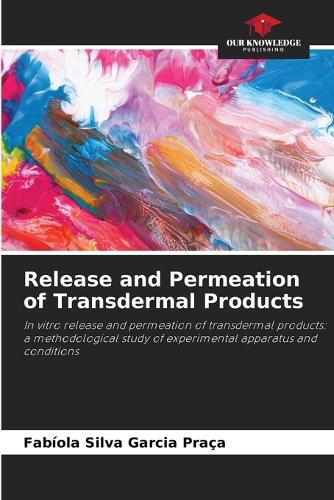Readings Newsletter
Become a Readings Member to make your shopping experience even easier.
Sign in or sign up for free!
You’re not far away from qualifying for FREE standard shipping within Australia
You’ve qualified for FREE standard shipping within Australia
The cart is loading…






Transdermal drug release has several therapeutic advantages over oral or parenteral administration. To date, there is no method in the Brazilian Pharmacopoeia for testing the release of drugs from transdermal patches. Other official compendia, such as the American, British and European Pharmacopoeia, describe the apparatus of paddles on a disk, the rotating cylinder and the reciprocal support. The literature currently describes various types of diffusion cells for transdermal release, of which the Franz diffusion cell has been the most widely used. The aim of this study was to establish criteria for the most appropriate choice of equipment and "in vitro" methodologies for evaluating the transdermal release of drugs. The results of this research are an important tool for discussions on Pharmaceutical Equivalence and Quality Control testing of transdermal drugs, as well as understanding possible process errors. It could also provide data for protocol indications for the Brazilian Pharmacopoeia and scientific research into drug delivery systems.
$9.00 standard shipping within Australia
FREE standard shipping within Australia for orders over $100.00
Express & International shipping calculated at checkout
Transdermal drug release has several therapeutic advantages over oral or parenteral administration. To date, there is no method in the Brazilian Pharmacopoeia for testing the release of drugs from transdermal patches. Other official compendia, such as the American, British and European Pharmacopoeia, describe the apparatus of paddles on a disk, the rotating cylinder and the reciprocal support. The literature currently describes various types of diffusion cells for transdermal release, of which the Franz diffusion cell has been the most widely used. The aim of this study was to establish criteria for the most appropriate choice of equipment and "in vitro" methodologies for evaluating the transdermal release of drugs. The results of this research are an important tool for discussions on Pharmaceutical Equivalence and Quality Control testing of transdermal drugs, as well as understanding possible process errors. It could also provide data for protocol indications for the Brazilian Pharmacopoeia and scientific research into drug delivery systems.